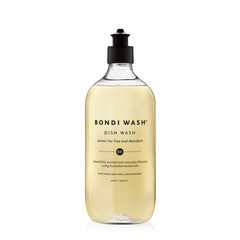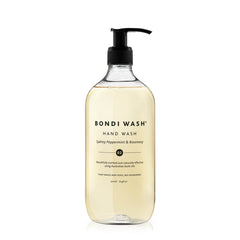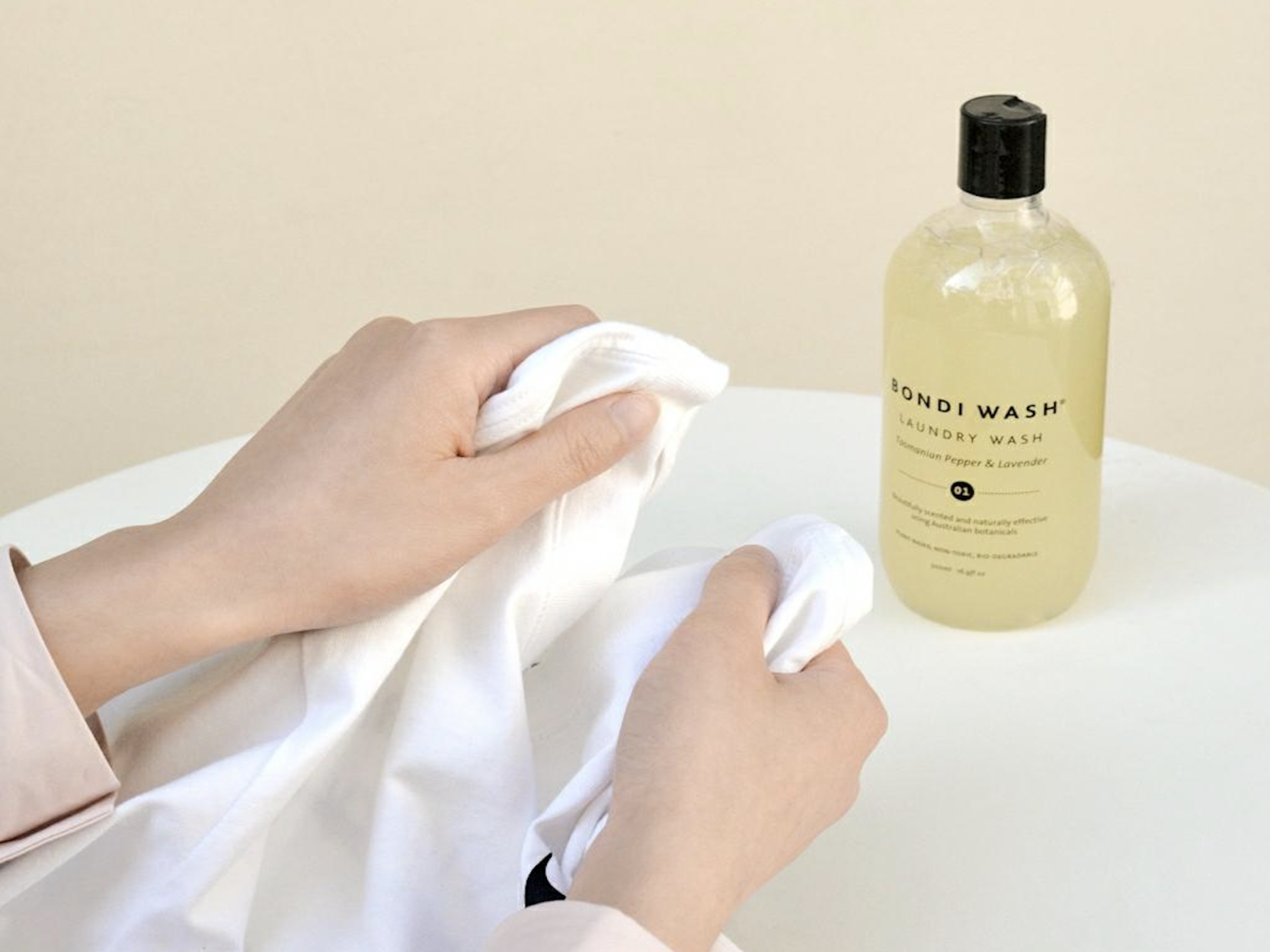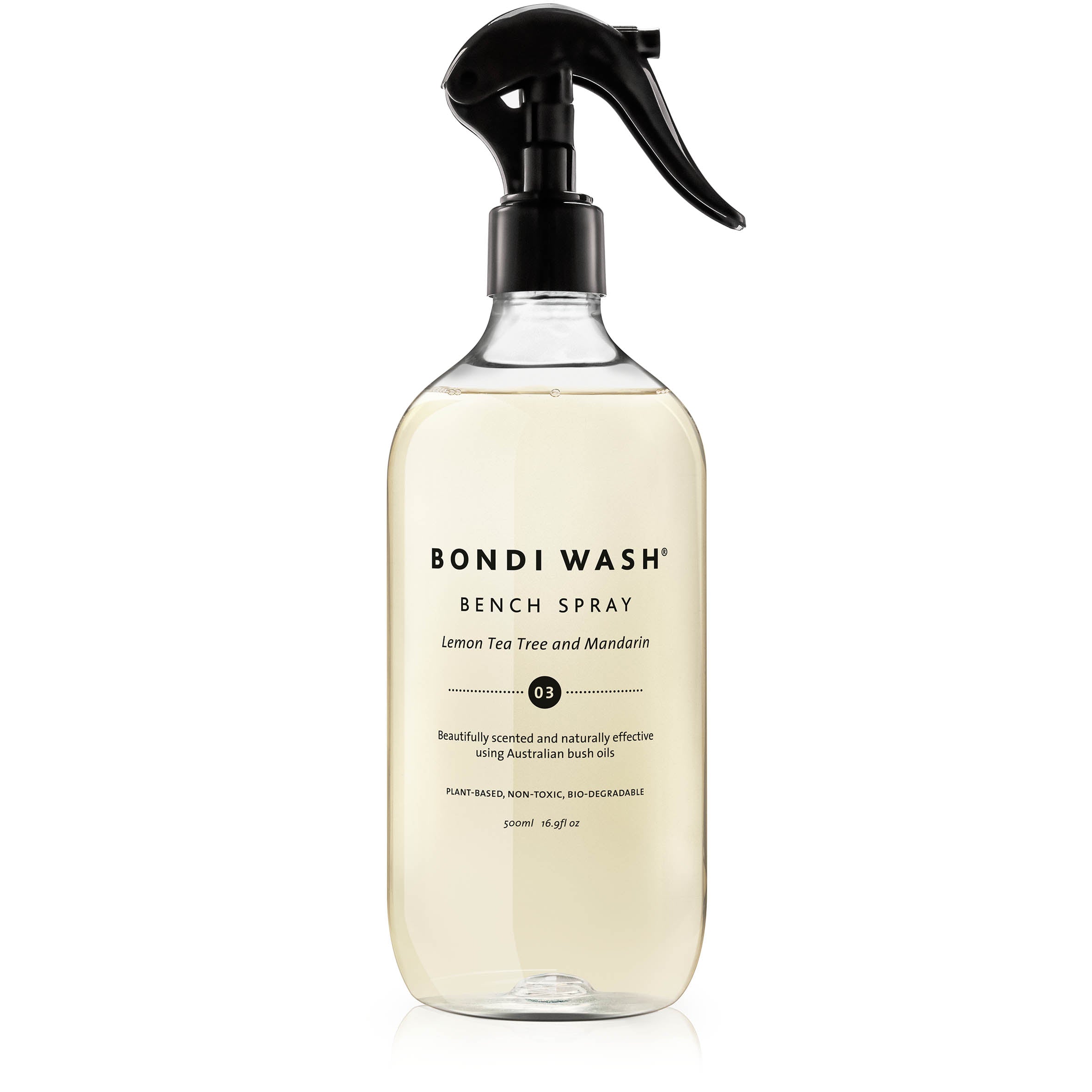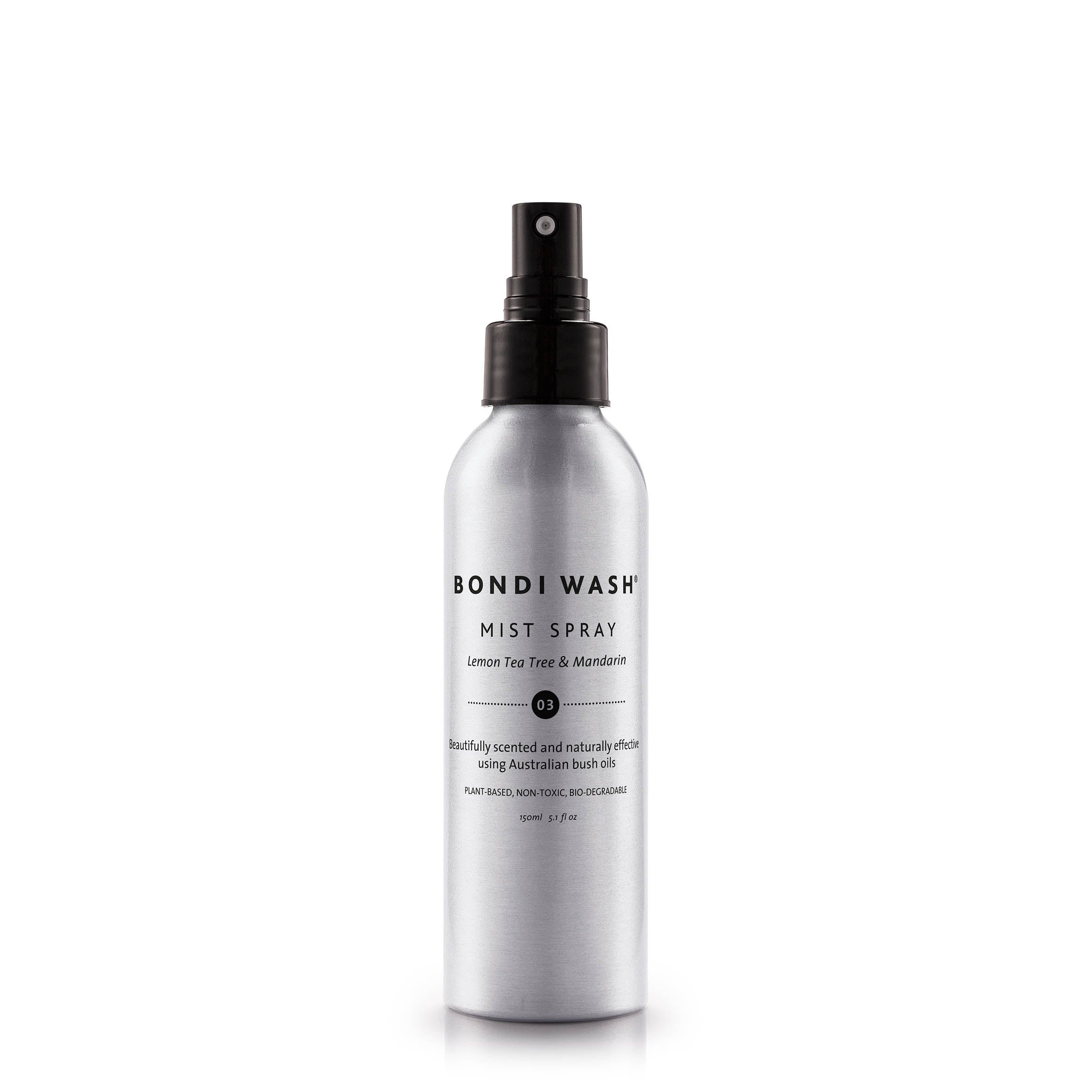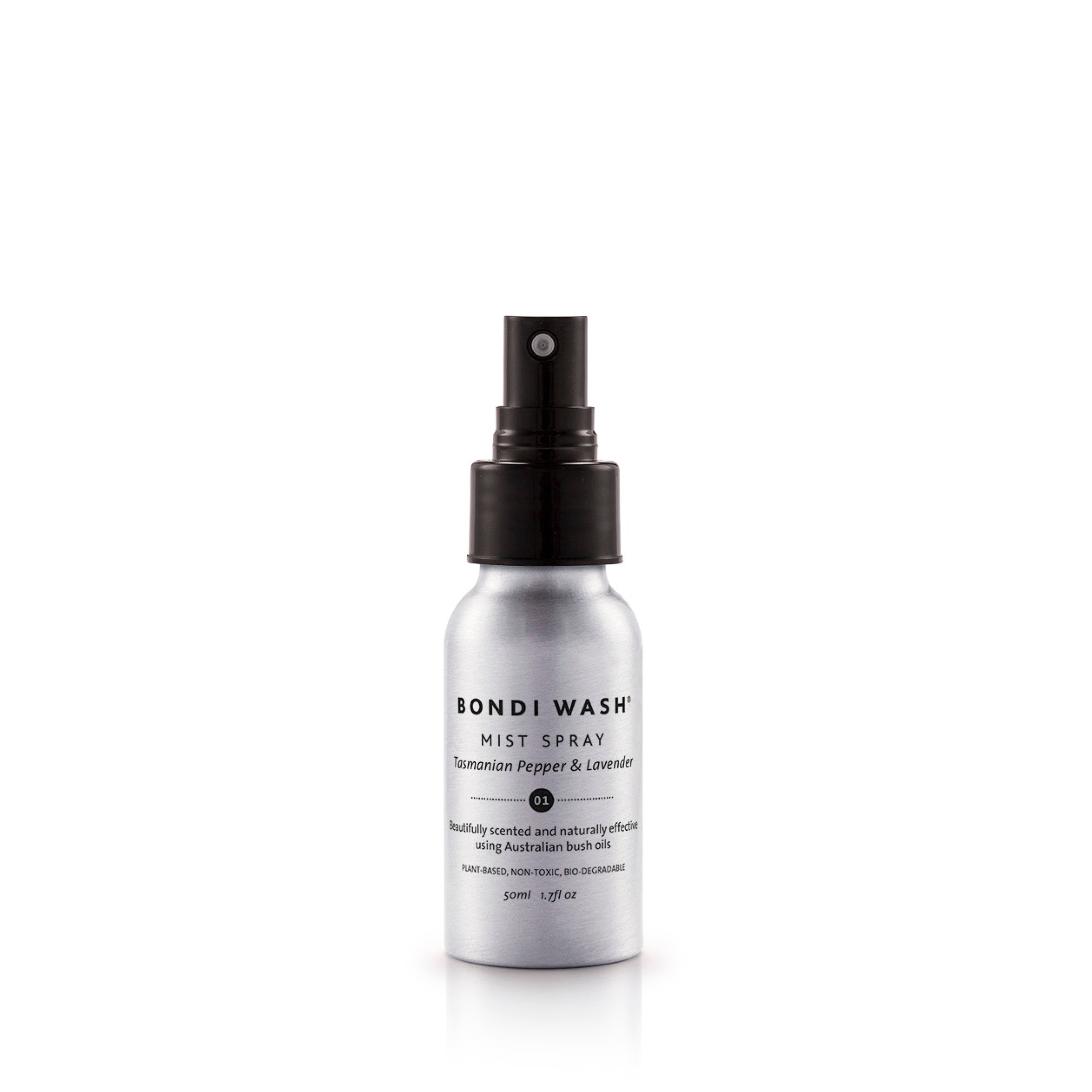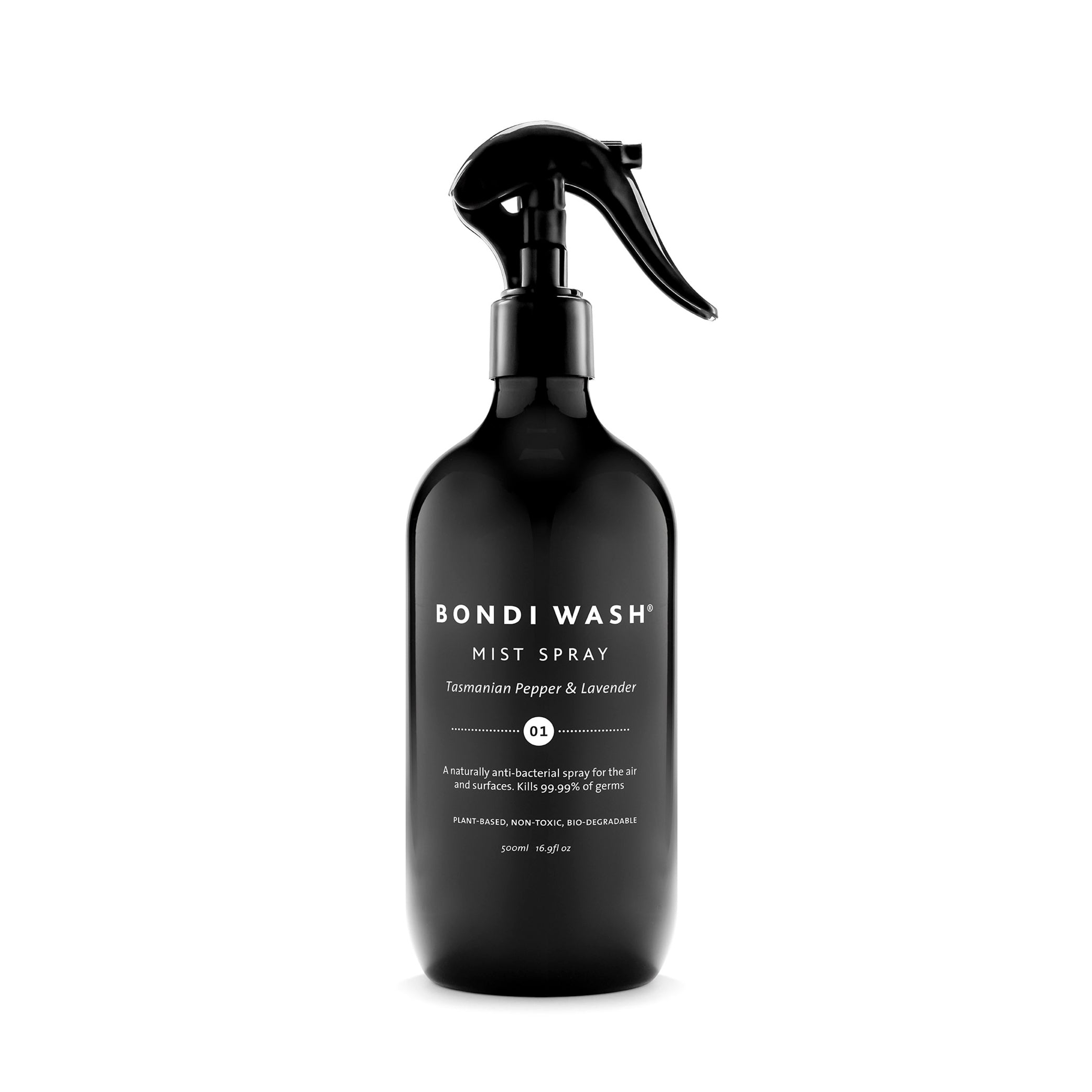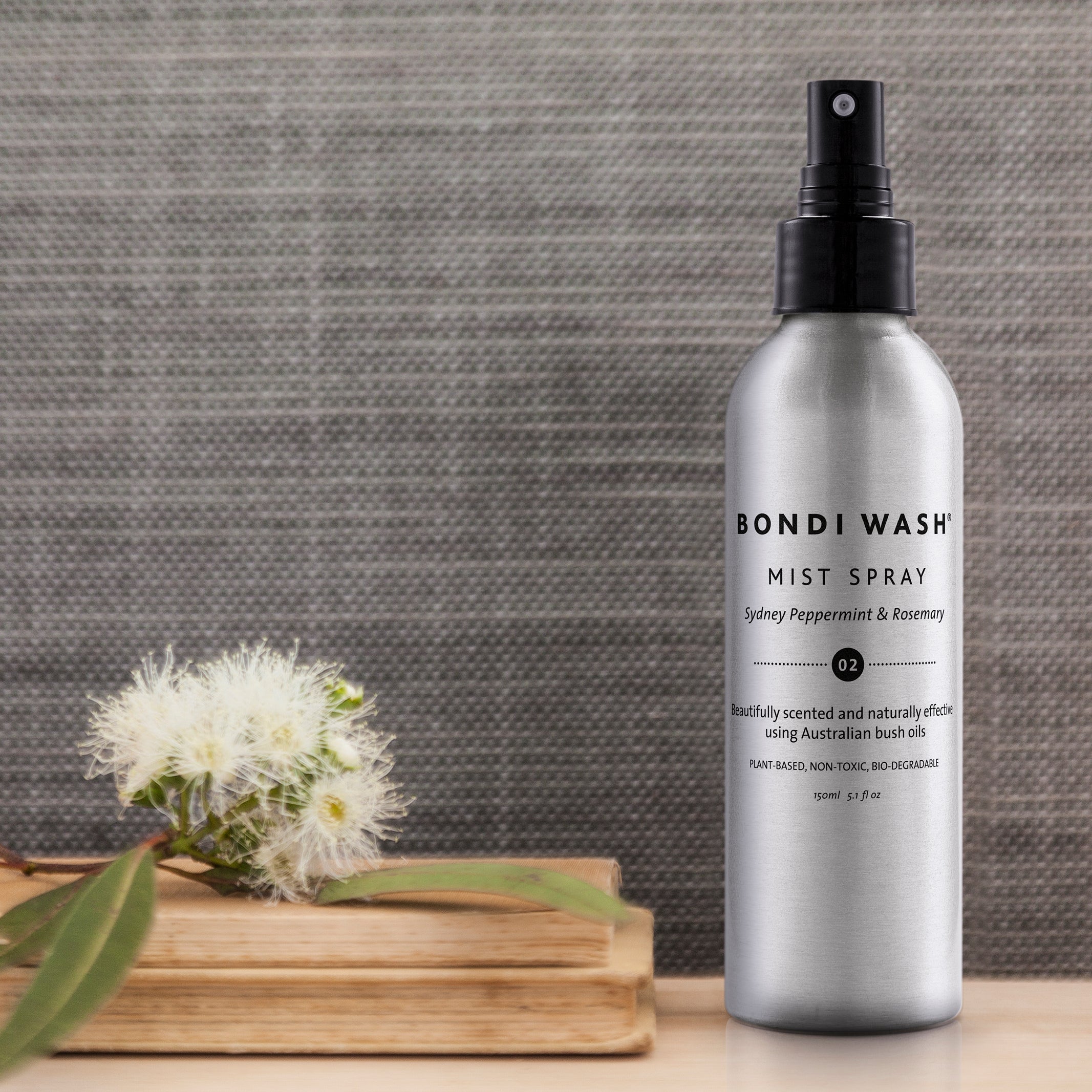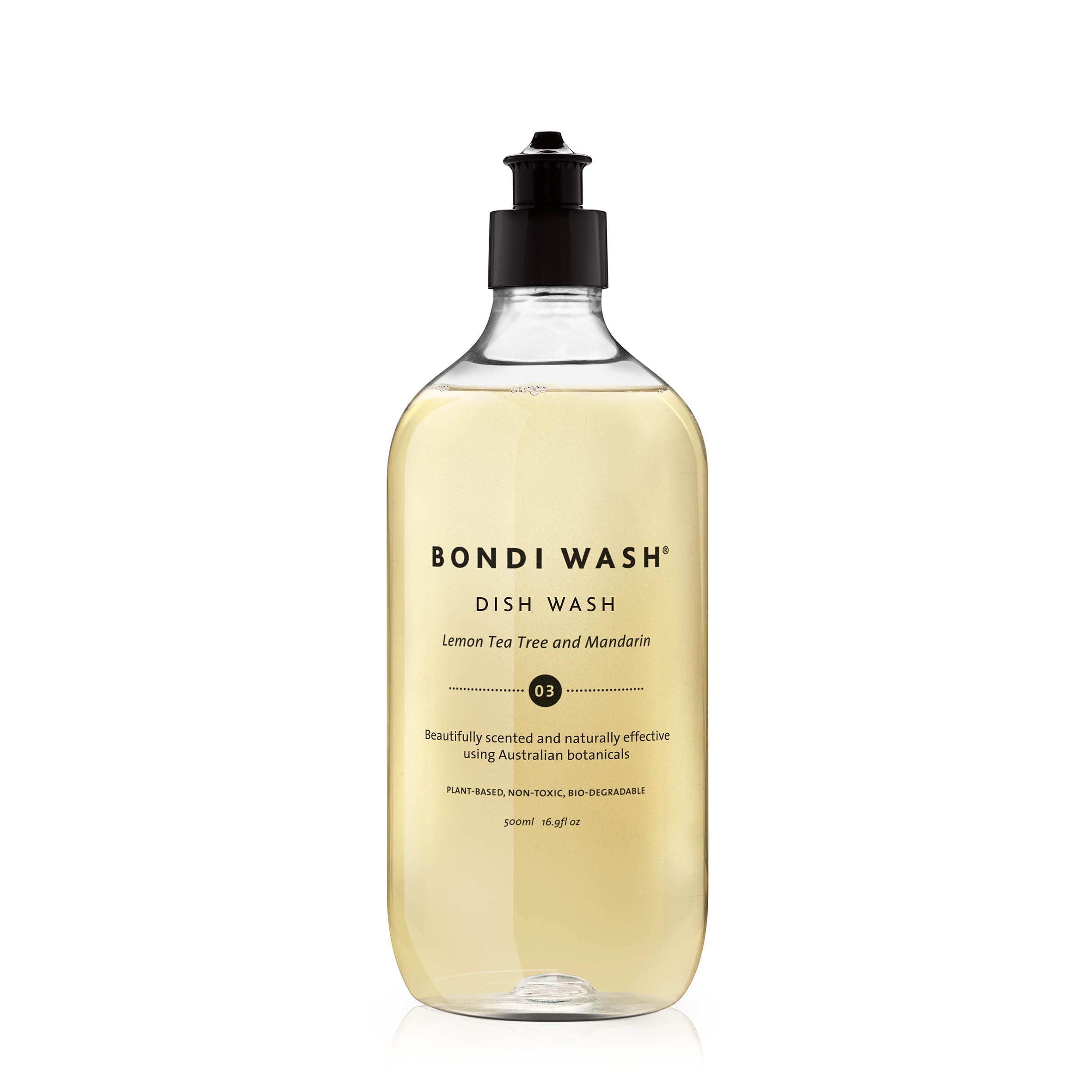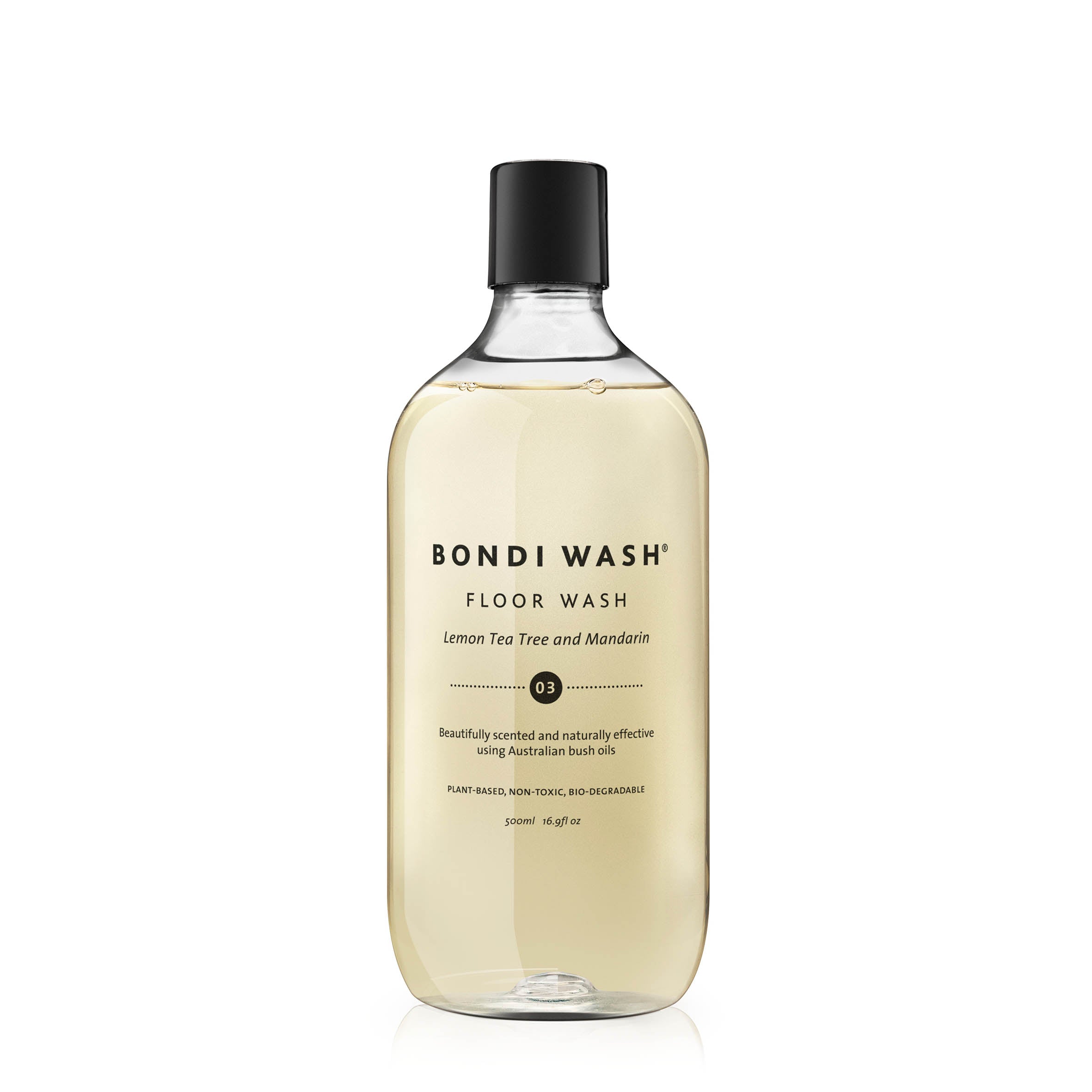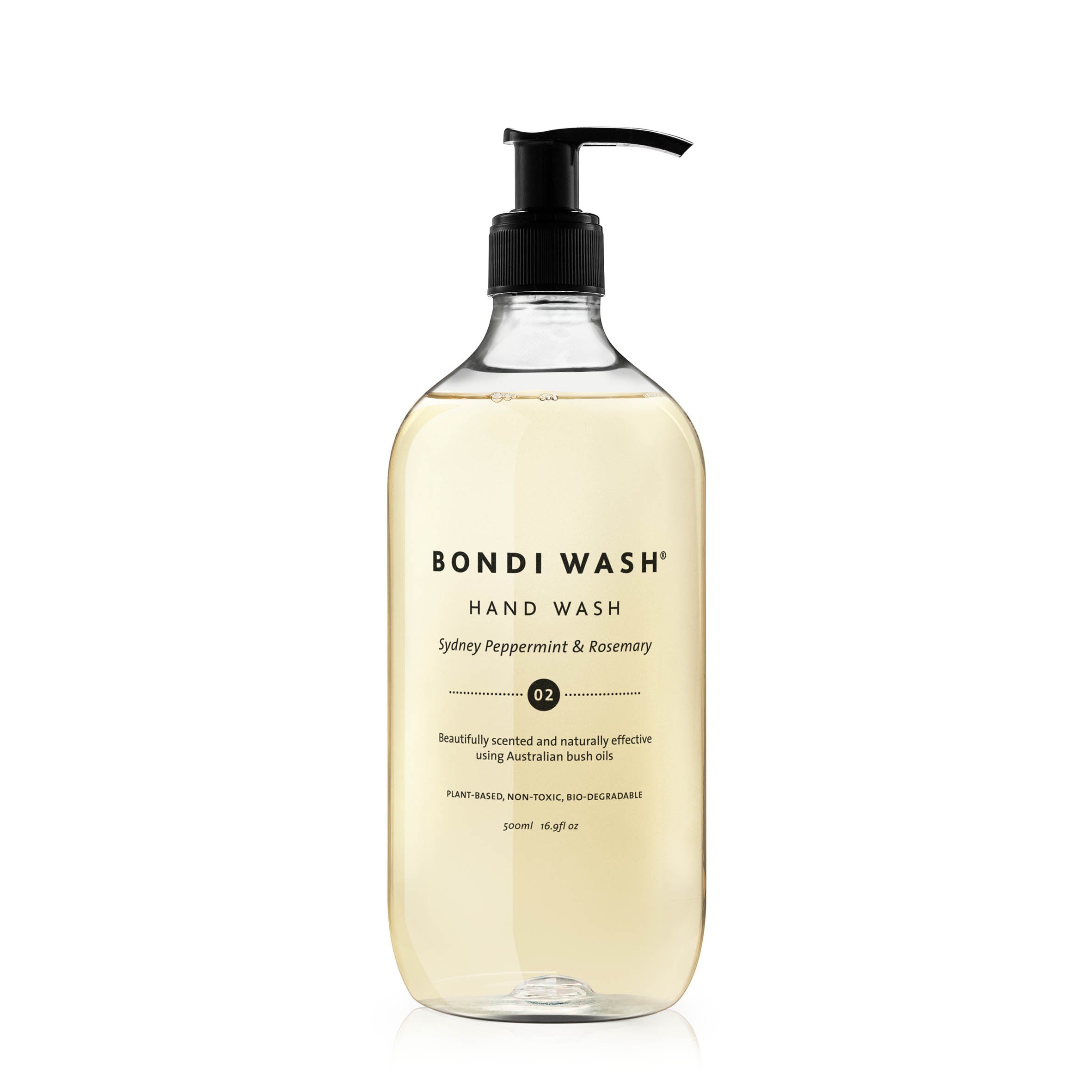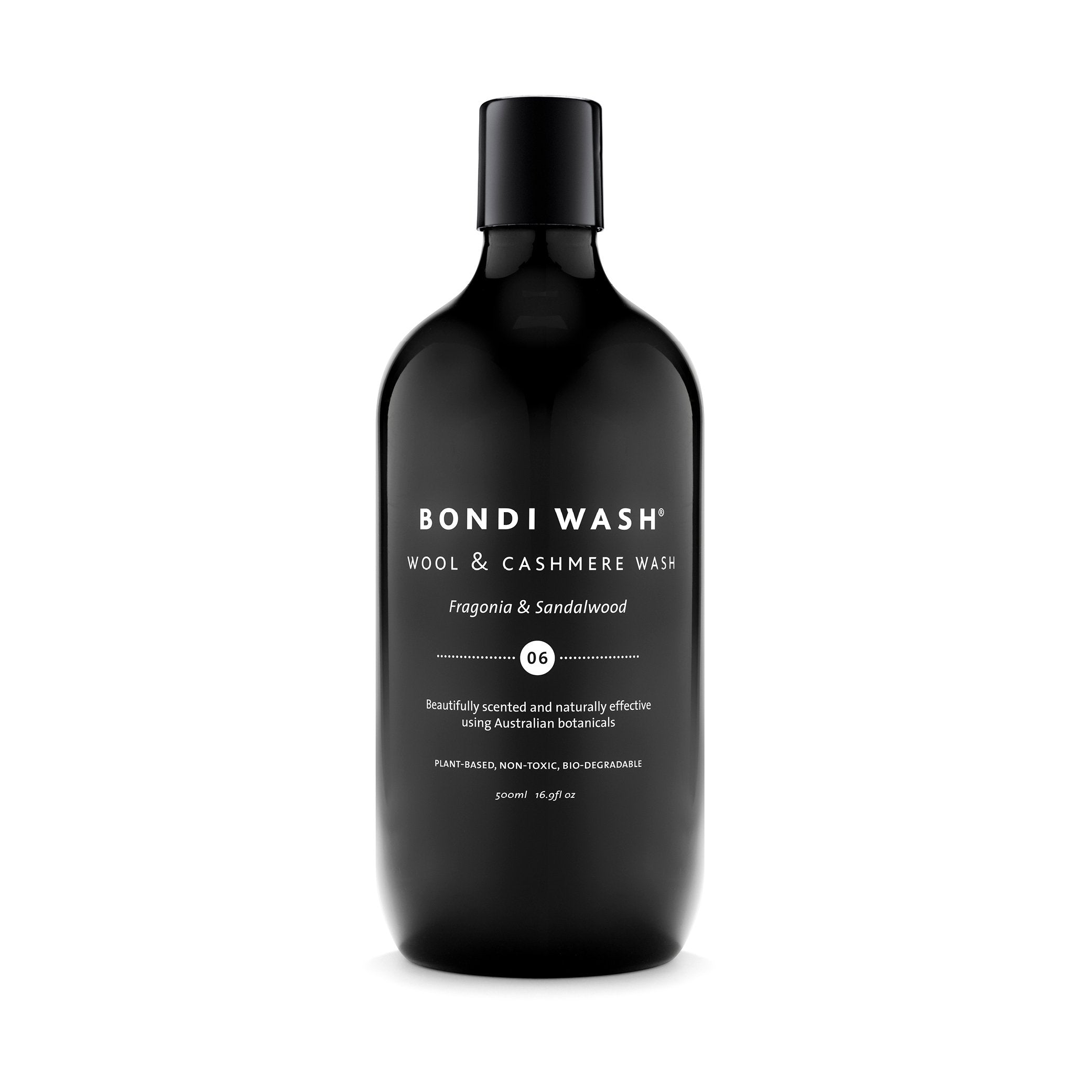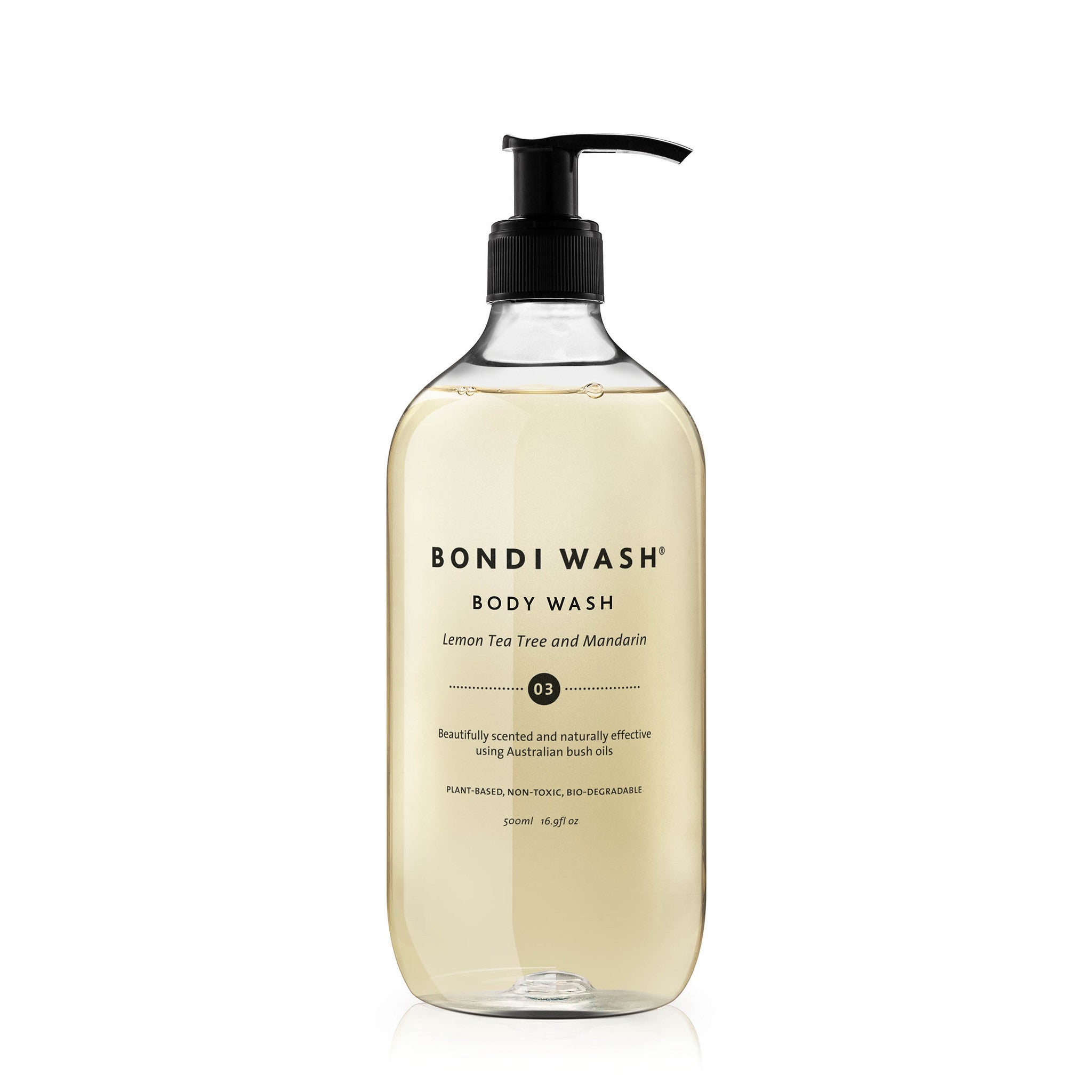All year round, a good laundry routine can keep your clothes clean and in great condition, improving their longevity to help the environment and ensuring you can always grab a fresh outfit from your wardrobe.
Here are some suggestions to optimise your laundry practices:
- Sort and Organise: Before starting your laundry, consider sorting your clothes into different categories based on colour, fabric type, and care instructions. This helps prevent colour bleeding and damage to delicate fabrics. Creating separate piles for whites, darks, lights, delicates, and special care items can streamline the process.
- Read and Follow Care Labels: Take a moment to read and understand the care labels on each garment before washing. Care labels provide valuable instructions for washing, drying, and ironing specific items. Following these guidelines helps ensure the longevity and quality of your clothes.
- Pre-Treat Stains: Prioritize stain treatment by checking your clothes for any stains before washing. Consider pre-treating stains using appropriate stain removal techniques and products. Treating stains promptly improves the chances of successful removal.
- Adjust Water Temperature and Cycle: Adjust the water temperature and cycle settings on your washing machine based on the fabric and care instructions of your garments. In general, cold water is suitable for most fabrics and helps conserve energy. However, some items may require warm or hot water for effective cleaning. Choosing a gentle cycle for delicate garments prevents damage.
- Choose the Right Laundry Detergent: Selecting a high-quality laundry detergent that suits your fabric types and addresses any specific concerns, such as sensitive skin or allergies, is important. Follow the recommended dosage instructions on the detergent packaging. If you have environmental or skin sensitivities, you may consider using eco-friendly or fragrance-free options just like our Laundry Wash, Delicate Wash, Baby Detergent and Wool & Cashmere Wash.
- Consider Drying Methods: When it comes to drying your clothes, you have different options to choose from:
- Air Drying: Air drying is a gentle and energy-efficient method. Hang delicate items and knits flat to prevent stretching, and use clothespins or hangers for other garments. To avoid fading, select a well-ventilated area away from direct sunlight.
- Machine Drying: If you prefer using a dryer, adjust the heat settings according to the fabric care instructions. Delicate items benefit from lower heat settings, while sturdier fabrics may require higher settings. Remember to remove clothes promptly to minimize wrinkles and allow them to cool down before folding or hanging.
- Store Clean Clothes Properly: Before storing seasonal clothes that won't be used for a while, ensure they are thoroughly clean and properly folded or hung. Clean garments are less likely to attract pests or develop odors while in storage. Consider using airtight containers, garment bags, or vacuum-sealed bags to protect them from dust, moisture, and insects.
- Refresh Between Wearings: Between washes, you can refresh your clothes by hanging them in a well-ventilated area or using natural fabric fresheners. Avoid overcrowding your closet, as proper airflow helps prevent odors and maintains the freshness of your clothes.
- Maintain Your Washing Machine: Regularly cleaning and maintaining your washing machine ensures optimal performance. Refer to the manufacturer's instructions for cleaning the drum, filter, and detergent compartments. This practice helps prevent the buildup of dirt, detergent residue, and mold, which can affect the cleanliness of your clothes.


